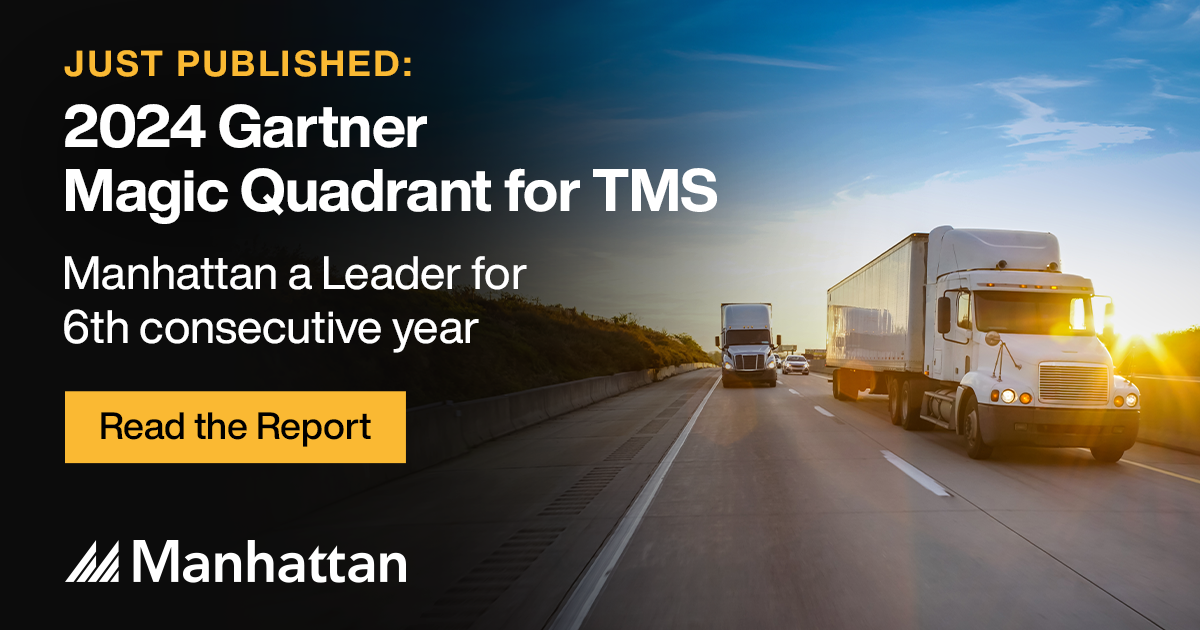The Retail Debate That Keeps Coming Back
- 13 October 2022
- Ben Sillitoe
The British Fashion Council (BFC) is on a mission to solve the returns problem in retail.
It has commissioned European consultancy Roland Berger, in partnership with DHL, to investigate how retailers can tackle this continuing industry problem.
Some retailers report circa half of e-commerce orders are returned by customers (Next, for example, says around 43% of all online orders are returned), and this adds reverse logistics costs and operational difficulties in getting unwanted items back into stock.
This is not a new challenge. Ever since the dawn of online retail this has been an issue to address. Indeed, there have been whole retail conferences dedicated to the topic.
But aside from some retailers opting to charge customers a returns fee to balance the logistics costs involved – Boohoo, Zara, and possibly, soon H&M, are recent examples – the problem has not disappeared.
Maybe there’s a new way to look at it. At Manhattan’s Exchange event in Berlin, one idea to surface was elevating the environmental impact of returns message as a way of eliminating high returns volumes.
We know shoppers are increasingly aware of eco issues – Manhattan Associates’ consumer research out this week shows 51% said sustainability was a major consideration when choosing where and with whom to shop. So, can retailers be better at telling customers the environmental issues related to returns in an effort to reduce them? I think the answer to that is ‘yes’.
‘Data is Sunlight’
Maybe it will be something that crops up in the BFC-backed report into returns, but for now, we know it’s something that’s certainly on retailers’ minds.
From conversations around the conference halls of Manhattan’s Exchange 2022 event, it is clear retailers are considering the benefits of being more transparent with customers on all aspects of the way they do business.
Elliot Richardson, senior product manager at New Look, said becoming part of the Manhattan community and being involved in events like Exchange provides a forum for healthy debate on all these important issues. He sees value in otherwise competing businesses coming together to try and find ways to solve problems that impact the wider industry.
He described many useful conversations at Manhattan Exchange 2022 and agreed that giving consumers as much information at the point of purchase is a positive direction for retailers to go in.
“If you were to ask any of our customers ‘what’s the impact of returns?’ they wouldn’t necessarily know,” he explained.
“Being transparent and open about it all has to be a good thing – if we can measure and share stats, our customers will make more informed decisions on whether they should buy or return an item.”
He spoke of the growing culture of customers purchasing multiple items and sizes to increase the chance of a successful online purchase or simply to use their homes as fitting rooms. They do so because they know they’ll be able to return items they don’t want and receive a refund.
These are areas where retailers can be more efficient or increase the information they provide to customers to try and allow them to understand the consequences of their purchasing behaviour.
Richardson said that highlighting different delivery options at the checkout and contextualising the carbon footprint of certain buying activity can help shoppers make much more educated and informed decisions.
“These are the things we as an industry need to work on – from Manhattan Exchange it sounds like the sector is on the journey, and it’s good to be part of that.”
On a similar theme, Manhattan chief marketing officer, Ann Sung Ruckstuhl, explained retailers might want to add product provenance information – a type of eco label – on the items they sell. Similar to the nutritional information you find on consumables, these would give brands a chance to offer shoppers crucial details.
“You need it to tell you where it comes from, are there any conflict minerals, was its shipped in the right way?” she explained, adding “data is sunlight”.
“These are the kind of things we see as a supply chain software provider. We have not just a fiscal responsibility but a social responsibility to surface the carbon footprint that comes through our retail clients.”
She continued: “Consumers are demanding more visibility.”
Returns through a green lens
The imminent report on how to deal with returns from the BFC is due to be published before the end of 2022. It is part of the council’s Institute of Positive Fashion, which is positioned as the “engine for fashion industry change” of which climate action is a big part.
Through its research, the BFC has attached environmental concerns to the topic of returns. Now, perhaps, it is time for the wider retail industry to follow. There is technology emerging all the time allowing retailers to put relevant data in front of consumers to give them choice and knowledge about the impact their consumption has on the planet.
If retailers embrace it – and deploy it – this could have a significant impact on driving returns volumes down. As Ruckstuhl said in the roundtable, “if you give consumer more info and data, I trust them – especially our kids – to make the right decision for the environment”.


